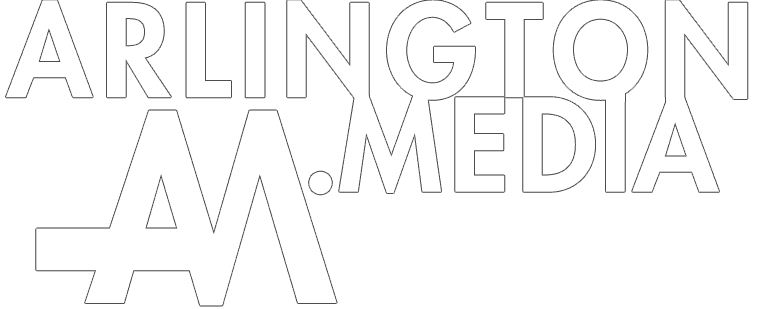Red roses lay atop a casket in Arlington National Cemetery placed by family members after a service covered by @arlingtonmedia earlier this month. “How do you measure a soldier’s sacrifice? Is it by the number of friends and family left behind? Is it by the months or years given in service? How do you measure a soldier’s courage? Is it by the number of objectives completed, Or by the number of bullets dodged or missions served? How do you measure a soldier’s honor? Is it by the duty he or she volunteers for, Or by the number of medals earned? The simple truth is that these things are immeasurable, As is this country’s debt to all who serve, And pay the price for freedom in this land.” Capturing families and loved ones as part of our service coverage is an honor for our @arlingtonmedia team. The sacrifice of veterans AND their families is not lost on us and it is beautiful to witness and an honor to photograph as memories for generation to come.
[igp-video src="" poster="https://www.arlington.media/wp-content/uploads/2022/05/red-roses-lay-atop-a-casket-in-arlington-national-cemetery-placed-by-family-members-after-a-service-.jpg" size="large"]


